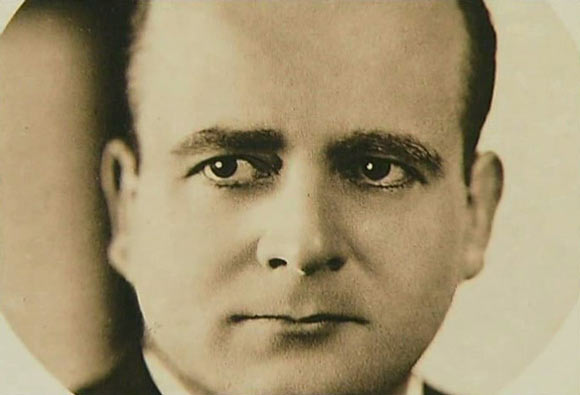Juan de la Cierva invented “Autogyro”
Juan de la Cierva y Codorníu was a Spanish aeronautical and civil engineer, and pilot who is famous for the invention of the autogyro, the precursor to the helicopter. Cierva was born in 1895 to a wealthy family in Spain. He was interested in aviation as a boy and experimented with gliders from a young age. Cierva enrolled at the “Escuela Especial de Ingenieros de Caminos, Canales y Puertos” in Madrid where he earned his degree in civil engineering and studied theoretical aerodynamics. Upon completion of his education, he entered a contest to design an aircraft for the Spanish military. His entry was a bi-wing bomber which unfortunately crashed during the testing phase. His interest in aerodynamics caused him to develop several early prototypes between 1912 and 1919, most of which failed due to some design malfunctions.
Cierva continued to experiment and began designing and perfecting a craft that would be independent of the shortcomings of a fixed wing aircraft (that is, an airplane). He believed that fixed wing aircrafts were more dangerous, which is why he chose to create a rotary wing design, with blades that would continuously rotate to create motion. He wanted to develop a craft that could take off at a small distance and be able to land in confined spaces. A major step towards the achievement of these goals was the development of the world’s first autogyro, which flew a distance of 200 yards on January 19, 1923. It was flown in Spain by Lt. Gomez Spencer. After two days, this craft was shown to the public. It made three successful flights, with the longest one being two and a half miles.
In 1925, Ceirva brought his C-6 design to the UK to demonstrate it to the Air Ministry. The Ministry officials were impressed by Cierva’s work and invited him to continue his research in the UK. Cierva accepted and came to work in England, establishing the “Cierva Autogiro Company, Ltd” the following year. His company focused on designing and manufacturing the rotor systems, whereas the frame and body was outsourced to other existing companies such as the A. V. Roe Company. Cierva’s company was successful and progressive. One of its crafts was entered in the Kings Cup Air Race in 1928, but unfortunately, the entry had to be withdrawn.
After that, a Cierva craft completed a 3000-mile journey while touring the British Isles. Cierva’s craft also became the first to cross the English Channel by flying from London to Paris. The company’s success led to further advancements in the field by Cierva and others such as the development of direct rotor control, and the introduction of jump take off. As these models became more refined, it led to the creation of the helicopter. Although Cierva was initially hesitant of its usefulness, he eventually accepted that it had its advantages and began to plan his research in that direction.
However, Juan de la Cierva died in a tragic plane crash that put an end to his work. He was 41 years of age when he boarded a KLM flight bound for Amsterdam on December 9, 1936. The flight had been delayed due to heavy fog but when it eventually took off, it drifted off course and crashed into a house just south of the airport. Cierva’s legacy lives on, and further work and research conducted in his field caused his dreams of building a reliable aircraft capable of vertical flight to materialize.
